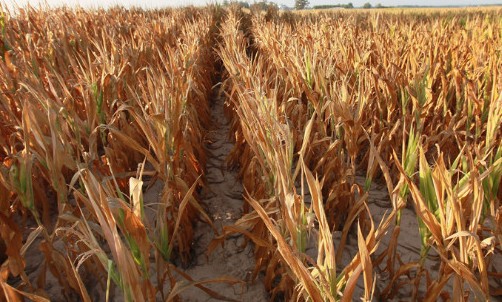Drought continues to affect US livestock farmers

An additional 76 counties in six states have been designated primary natural disaster areas due to damage and losses caused by drought and excessive heat, US agriculture secretary Tom Vilsack has announced.
During the 2012 crop year, the US Department of Agriculture (USDA) has now designated 1,369 counties across 31 states as disaster areas – 1,234 due to drought – making all qualified farm operators in the areas eligible for low-interest emergency loans. The additional counties designated today are in the states of Indiana, Illinois, Kansas, Michigan, Nebraska and Wisconsin. The US Drought Monitor currently reports that two-thirds of the continental United States is in a moderate to exceptional drought.
“President Obama requested that USDA take the steps within our existing programs to support struggling farmers and ranchers and we announced these new measures earlier this week,” said Vilsack.
“The president and I are committed to ensuring that agriculture remains a bright spot in our nation’s economy by sustaining the successes of America’s agricultural economy through these difficult times. As USDA officials visit drought-stricken areas to stand with our producers and rural communities, the urgency for Congress to pass a food, farm and jobs bill is greater than ever. The hardworking Americans who produce our food and fibre, feed for our livestock, and contribute to a home-grown energy policy -they need action now. That is why USDA is taking every possible step to help farmers through this difficult time.”
During the week ending July 22, the portion of the US corn crop rated in very poor to poor condition climbed to 45%, according to USDA’s National Agricultural Statistics Service.
Soybeans rated very poor to poor rose to 35%. Such ratings for both commodities have increased for seven consecutive weeks. During the same period, from June 3 to July 22, the portion of the US corn rated good to excellent fell from 72 to 26%. Soybeans rated good to excellent tumbled from 65 to 31%. The current corn and soybean ratings represent the lowest conditions at any time of year since 1988. At the same time, more than half – or 55% – of the nation’s pastures and rangeland are rated in very poor or poor condition.












